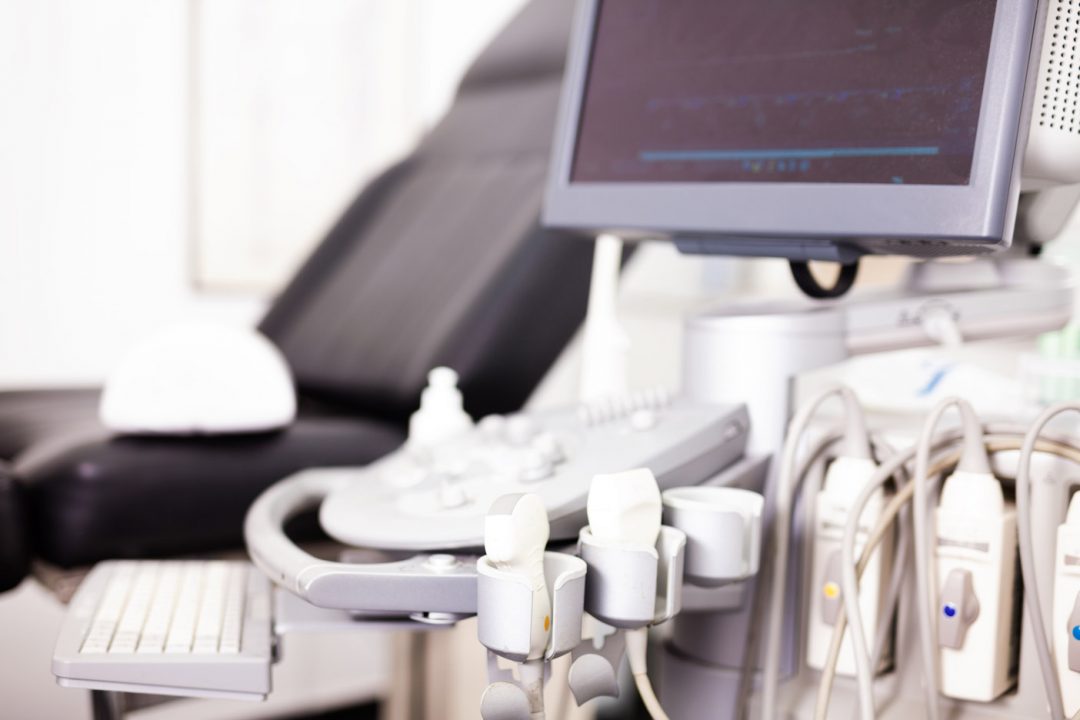Decades-long suffering from obstetric injuries

The study, published in the American Journal of Obstetrics and Gynecology, comprises a total of more than 11,000 women who had given birth vaginally in Sweden, twice, in the years 1987-2000.
The researchers have previously described how the risk of accidental bowel leakage increases after obstetric anal sphincter injuries (OASIs) during childbirth. The present study focuses on the severity of these problems and their potential impact on women’s lives two decades later.
Three groups were studied: women who had no anal sphincter injuries, those who incurred the OASI during one of the births, and those with an OASI both times they gave birth. The data analysed came from the Swedish National Birth Register and replies to a questionnaire concerning the women’s symptoms of bowel leakage and the psychological impact and effect on social life of the incontinence after 20 years.
Problems increase with number of injuries
Of the women with two OASIs, 10.5 percent report leakage of liquid feces two times or more monthly; this is categorized in the study as high-frequency anal incontinence. When the women with low-frequency incontinence are included as well, the proportion is 34.9 percent. Of all the women with two injuries, 29.6 percent state that leakage affects their everyday life.
The results thereafter follow a descending scale. Of the women with one anal sphincter injury, 6.4 percent report high-frequency leakage and 21.7 percent leakage of both high and low frequency. For 19.7 percent of the latter, the injury affects their everyday life. Of the women with no OASI, 2.7 percent report high-frequency leakage and 10.8 percent either high- or low-frequency leakage, while 8.6 percent report that the incontinence impacts everyday life.
In terms of the severity of these problems, going from no injury to one injury is roughly equivalent to the step from one to two injuries. Thus, the problems are cumulative, and this is also reflected in the women’s subjective perception of how their everyday lives are affected by fecal incontinence.
Incontinence pads for fecal leakage are used by 2.3 percent of the women with no OASI, 7.1 percent of those with one OASI and 8.4 percent of those with two OASIs. The study found no influence of OASIs on other pelvic floor disorders or symptoms in the lower urinary tract.
Major impact on quality of life
Attitudes vary, too. In women with no OASI, fecal incontinence is found “bothersome” by 28.2 percent. The corresponding share in the group with one injury is 43.9 percent, against 46.0 percent among those with two injuries.
The first and corresponding author of the study is Ida Nilsson, a researcher affiliated with Sahlgrenska Academy, University of Gothenburg, in obstetrics and gynecology. She is also a resident obstetrician at Södra Älvsborg Hospital Women’s Clinic in Borås.
“An anal sphincter injury considerably raises the risk of accidental bowel leakage later in life. With repetition of the injury, the risk of persistent fecal incontinence is doubled. The degree of severity also rises, with a higher frequency of leakage occasions, more severe incontinence, and a greater impact on quality of life,” Nilsson states.
Journal Reference:
- Ida E.K. Nilsson, Sigvard Åkervall, Mattias Molin, Ian Milsom, Maria Gyhagen. Severity and impact of accidental bowel leakage two decades after no, one, or two sphincter injuries. American Journal of Obstetrics and Gynecology, 2022; DOI: 10.1016/j.ajog.2022.11.1312




